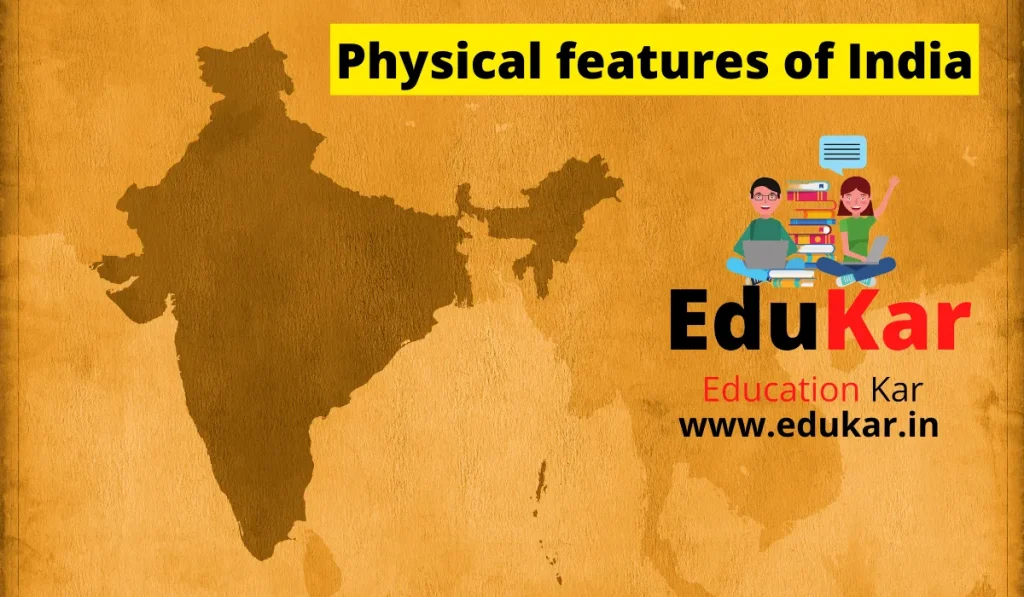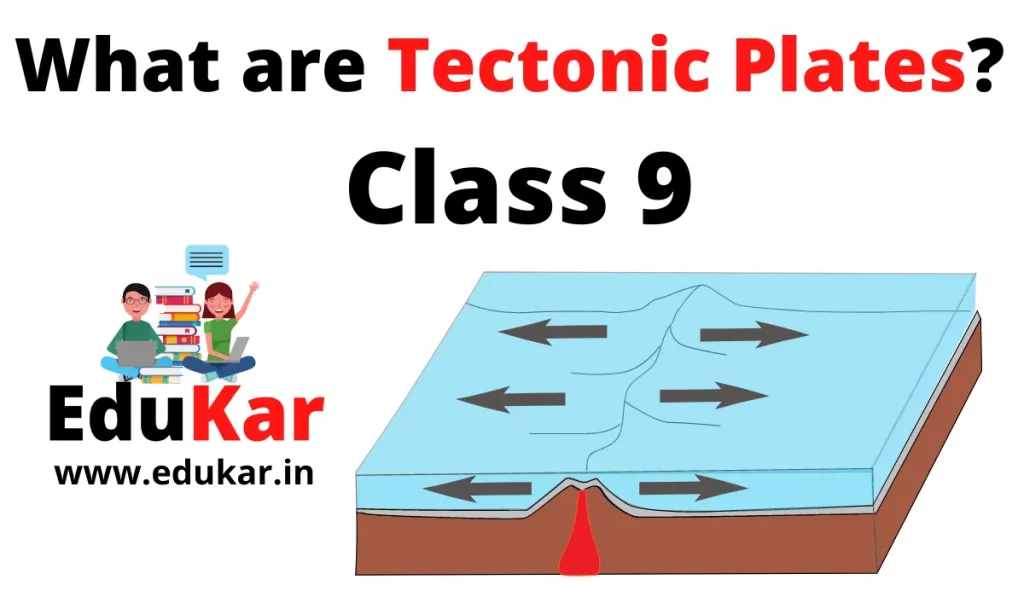
The physical features of India are the geographical and physiographical features. The physical features of India include the geography, geology, climate, hydrology, physiography, and more. The physical features of India include the topography, the ground cover, the vegetation, the density of the population, the flora and fauna. The physical features of India are an important part of the culture, history, and economy.
Physical Features Of India (Class 9th MCQ)
1) The Kangra & Kullu valley are situated in
(a) Uttarakhand
(b) Tamil Nadu
(c) Himachal Pradesh
(d) Uttar Pradesh
Answer- c
2) Dudhwa National Park is situated in the state of
(a) Uttar Pradesh
(b) Himachal Pradesh
(c) Uttarakhand
(d) Assam
Answer- a
3) The northern part of the western coast is known as
(a) Malabar coast
(b) Kannad plain
(c) Coromandel coast
(d) Konkan
Answer- d
4) Mountain ranges in the eastern part of India making its boundary with Myanmar are collectively known as
(a) Telangana
(b) Purvachal
(c) Himachal
(d) Odisha
Answer- b
5) What’s the highest peak in the Eastern Ghats-
(a) Mahendragiri
(b) Anai Mudi
(c) Mount Everest
(d) Kanchenjunga
Answer- a
6) Which of the below are known as young-fold mountains?
(a) The Nilgiris
(b) The Aravalis
(c) The Sahyadri
(d) The Himalayas
Answer- d
7) Which of the below is a plausible theory presented by Earth scientists to clarify the formation of continents & oceans and the several landforms?
(a) Theory of Plate Tectonics
(b) Theory of Relativity
(c) Theory of Motion
(d) Theory of Evolution
Answer- a
8) Which of the below divisions of India has the ancient landmass?
(a) The Indian Desert
(b) The Northern Plains
(c) The Peninsular Plateau
(d) he Himalayas
Answer- c
9) Geologically, which of the below physiographic divisions of India is assumed to be one of the most stable land blocks?
(a) The Peninsular Plateau
(b) The Himalayas
(c) The Indian Desert
(d) The Northern Plains
Answer- a
10) The soil which contains calcareous deposits is locally called as
(a) Bhabar
(b) Kankar
(c) Bhangar
(d) Khadar
Answer- b
11) The northern range of the Himalayas is called as
(a) Shivalik
(b) Mount Everest
(c) Himadri
(d) none of the above
Answer- c
12) Which of the below has not been a factor in the modification & creation of India’s relief features-
(a) Erosion & deposition
(b) Population density
(c) Geological formation
(d) Weathering
Answer- b
13) Which Islands of India is known as a Coral Islands?
(a) Yanam
(b) Andaman & Nicobar
(c) Lakshadweep
(d) Daman & Diu
Answer- c
14) The largest delta in the globe is:
(a) Sunderban Delta
(b) Ganga Delta
(c) Ganga Delta
(d) Mahanadi Delta
Answer- a
15) Which of the below is not a mountain pass in the “Great Himalayas”?
(a) Nathula
(b) Jojila and Lipu Lekh
(c) Bara Lapcha La and Shipkila
(d) Khyber pass
Answer- d
16) The ‘Theory of Plate Tectonics’ states that the shifting of the plates causes some geological activity. Which of the following does not fall within this category of geological activity?
(a) Glaciation
(b) Faulting
(c) Folding
(d) Volcanic activity
Answer- a
17) Which one of the important landmasses of the globe of today were part of the Gondwanaland?
(a) Europe and Asia
(b) Europe and Africa
(c) Australia and South America
(d) Asia and Africa
Answer- c
18) The western coastal strip south of goa is mentioned to as-
(a) Malabar coast
(b) Konkan
(c) Coromandel coast
(d) Uttari Sarkar
Answer- a
19)Which physical feature gives sites for port & fishing activities?
(a) The Islands
(b) The Coastal plains
(c) Both A and B
(d) None of these
Answer- c
20) In which state the largest saltwater lake of India can be found?
(a) Punjab
(b) West Bengal
(c) Himachal
(d) Odisha
Answer- d

![Natural Vegetation and Wildlife Class 9 Questions Answers [Class 9 Geography Chapter 5] Natural Vegetation and Wildlife Questions Answers](https://edukar.in/wp-content/uploads/2023/01/Natural-Vegetation-and-Wildlife-Questions-Answers--1024x640.webp)


![Packing Class 9 Questions and Answers [Class 9 English Beehive Chapter 7 ] Packing Class 9 Questions and Answers [Class 9 English Beehive Chapter 7 ]](https://edukar.in/wp-content/uploads/2023/01/Packing-Class-9-Questions-and-Answers-1024x640.webp)
![Digital Documentation Class 9 [Questions Answers & MCQ] Digital Documentation Class 9](https://edukar.in/wp-content/uploads/2022/08/Digital-Documentation-Class-9-1024x597.webp)
![A House Is Not A Home Question Answer [Class 9 English Moments Chapter 8] A House Is Not A Home Question Answer](https://edukar.in/wp-content/uploads/2023/01/A-House-Is-Not-A-Home-Question-Answer-1024x640.webp)
![What is Sublimation with Examples? [Class 9,10th,11th] What is Sublimation with Examples](https://edukar.in/wp-content/uploads/2023/03/What-is-Sublimation-with-Examples.webp)








